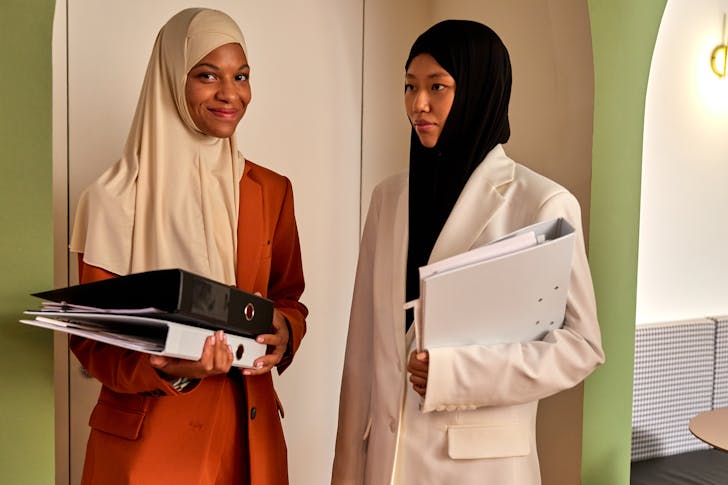Can a company dictate how you dress and your appearance? Many employers have specific guidelines that dictate what employees should wear and how they should present themselves at work. These policies are often implemented to maintain a certain brand image or ensure a professional environment. However, these policies must balance business interests with employee rights.
Can a Company Dictate How You Dress and Your Appearance?
The short answer is yes. Companies generally have the right to set dress and grooming standards for their employees. These guidelines are common in many workplaces, Whether requiring formal business attire or allowing casual wear. For instance, some businesses might enforce a strict dress code throughout the week, while others relax their rules on “casual Fridays.”

Employers can mandate that employees present a neat and clean appearance. This might include requirements like clean clothes, brushed hair, and overall hygiene. However, while these guidelines are typically within an employer’s rights, adjustments may be necessary to accommodate specific needs under laws like Title VII of the Civil Rights Act.
Policies on Tattoos and Piercings
When it comes to body modifications like tattoos and piercings, companies also have some leeway. Employers can ask employees to remove visible piercings or cover tattoos during work hours, particularly if these do not align with the company’s desired image. However, these policies should be clearly communicated and consistently applied to avoid claims of unfair treatment.
Accommodations and Discrimination
Employers must be careful not to enforce dress codes in a way that discriminates against employees. For example, if an employee requests an adjustment to the dress code due to religious beliefs, such as wearing a headscarf, the employer might need to accommodate this request. This was the case in the famous Abercrombie & Fitch lawsuit, where the U.S. Supreme Court ruled in favor of an employee who was denied a job due to her request to wear a headscarf.

Hair Policies and Discrimination
Hair policies have also been a contentious issue in the workplace. For instance, in 2016, the U.S. Court of Appeals for the 11th Circuit upheld a company’s decision not to hire a woman because of her dreadlocks. The court ruled that this was not discriminatory under federal law. This decision sparked a broader conversation about the intersection of cultural expression and workplace appearance policies.
In response, some states have passed laws prohibiting discrimination based on hairstyles, recognizing that hair can be a significant part of a person’s cultural or racial identity.
Appearance and Gender Bias
Research suggests that appearance can influence how employees perceive and treat the workplace, sometimes exacerbating gender bias. For example, attractive men might benefit from their looks in all professional settings. In contrast, attractive women could face disadvantages in male-dominated fields. Studies have shown that attractive women are often pushed into traditionally female roles, such as receptionists or secretaries, regardless of their qualifications or ambitions. This gender bias highlights the complex role that appearance can play in a professional setting, where societal expectations might affect career advancement and opportunities.
